Shattuck Avenue can be confusing when you get to Rose Street going north. What used to be Shattuck turns into Henry which turns into Sutter which goes through an old trolley tunnel and turns into Solano. Where Henry starts, Shattuck continues north as a two-lane residential street.
I was told when I first came to Berkeley that the street name changes were designed to confuse occupying Soviet troops.
I doubt that this is the actual reason for the name changes.
But – on the residential Shattuck continuing north, in the block before Los Angeles. you come to a block of Big Houses. Stately houses. And you come to a stucco house with African-themed designs.
Neighbor and artist Bill Fulton painted these.
These were painted by their friend Lee Orr, who now lives in Hawaii.
The railing leading up to the front door – two Bulwinkle pieces.
Bulwinkle traded his work for a bunch of carved colons. If you want to know what a colon is, continue reading past the warning below.
Dick and Beany Wezelman are natives of Chicago.
Beany got her MA at Cal in 1964, majoring in Political Science with an African specialty. She joined the Peace Corps in 1964 and was sent to Ethiopia. Dick came to see her. They married in Dar Es Salaam in 1966.
Africa was in their blood.
They hitchhiked across the Sahara Desert in 1973. Beany stands with a Tuareg in the Sahara Desert of Niger in this photo. The Tuareg are Berber people, nomads in the Saharan interior of North Africa.
The Himba people live in Namibia and Angola. They are the last semi-nomadic people of Namibia.
The San people, also known as Bushmen, are members of different hunter-gatherer people of Southern Africa.
Dick and Beany moved back to Berkeley in 1971, and started annual trips to Africa. They have been collecting and selling African art since then. Until 9/11, they traveled to Pakistan, especially Peshawar, the capital of Khyber Pakhtunkhwa. After 9/11, security concerns precluded further travel there.
Pretty amazing. High energy. In 2002 she bicycled across the United States. It took 10 weeks. They took the northern route, from Anacortes, Washington to Bar Harbor, Maine.
And now we need your informed consent if you are to continue.
Quirky Berkeley rule #5: that which is presented must be “visible from the street, alley or path.”
None of what follows is “visible from the street, alley or path.”
But it is quirky and wonderful and should be seen. Please signify your informed consent that we are breaking the rules and then we’ll go inside.
Starting in the living room of the home where they have lived since 1978:
And a vehicle with different messages on the two sides.
Two sides of the truck. Two sides of Africa.
This is just a sample of what there is in the living room. Downstairs – even more. Before going downstairs, though, a quick trip to the kitchen.
A Jana Olson chandelier! Tea cups and brass tea pot!
Downstairs there are four or five or six rooms filled with art, fabric, and traditional household pieces.
Here Beany points at a colon, a type of wooden sculpture that originated during the colonial period. They depict European colonial officials or Europeanized Africans. This particular colon is from the Ivory Coast.
It’s all too much!
And finally – the mud hut in the backyard.
The Wezelmans saw these traditional mud huts in Ghana. They liked them. They wanted one in their backyard.
In 1993, they turned to Peter Rudy, an arborist with a knack for a lot of things besides trees. He wanted to build with adobe. Bingo! A match!
He made adobe bricks somewhere in the general vicinity of Livermore.
And they started to build. There is some concrete, and some rebar – which you won’t find in the construction of a typical African mud hut.
The dome is made with bricks – no rebar works up there.
Last touch – mudding the hut. A collective effort.
In August, 1992, the Wezelmans and Rudy celebrated the completion of the hut. Rudy and his about-to-be-wife surprised the group with getting married. On the spot. No warning. Still married!
In early November 2017 I visited Beany to photograph the basement before her final sale.
As I was walking up the stairs to the front door, Peter and wife and Beany were walking out. He has remudded the hut for its 25th anniversary.
And the hut – wow! – still there.
The door is from Mali. It is a Dogon granary door. The Dogon people of Mali are known for their intricate carved doors, screens, and panels.
If this all were not sufficient, one more Quirky Berkeley touch.
A Mark Olivier piece! Dick gave it to Beany for her 70th birthday.
Which means – Bulwinkle and Jana Olson and Mark Olivier and there is a Marcia Donahue stone piece in the front yard – all in one place.
A Quirky Berkeley show! Remarkable things in and on and outside the home of a remarkable Berkeley couple.
I took the photos to my friend. He put on the Soweto Gospel Choir to get in the mood.
When my friend went through the photos, he stopped at this “Flower Children” photo. For obvious reasons.
He got wistful.
He asked if I thought that we could find any Tusker beer in or near Berkeley. I was sure that we could. He spent half a year in Kenya (hence his affection for Tusker beer) at some point in the early 1970s and “can dig” how the Wezelmans loved Africa.
“I saw them in Africa. Honest, I did. Her real name is Florie. She got the nickname Beany when she was a kid. It was a family tease. She didn’t like beans.” I later checked this out with Beany. My friend was right! Who knew?
What about the photos of and in their house? He pulled out a photo from a shoebox:
P..S. After the Berkeleyside version of this post, Beany got a phone call and then e-mail about the house.
“As I mentioned in our phone conversation, members of my family built your house at 1026 Shattuck in 1921. My great grandparents, Sam and Zoe Brillhart, built it and were there until 1931, when my great grandmother died; Sam died in 1926. My grandparents, Don and Jennie Brillhart lived there until their death in 1961. My cousin, Bruce, also lived there from his birth in 1926 until the late 1940’s. The porch room on the west side of the house was built for him by my grandfather in 1934. Bruce was brought up by them because his mother, my dad’s sister, died the day after his birth, and it was decided that they would bring him up rather than his dad, who was working full time. The room in the basement was built at the same time as the porch room as an extra room for my grandfather. My grandfather was handy with cars and parked his 1932, and later 1936, Chevrolet in the basement, and would do valve jobs on them and other mechanical work when necessary. He was primarily a teacher, and also a lawyer for civil matters. When he first came to California in 1906, he taught and was later Principal of Visalia High School, and later, from 1911 to 1918, the Principal of Alhambra High School in Martinez. Quite remarkable and beautiful things you’ve done to the place where I spent many days growing up. Thanks, Tad Brillhart”
This is wonderful.


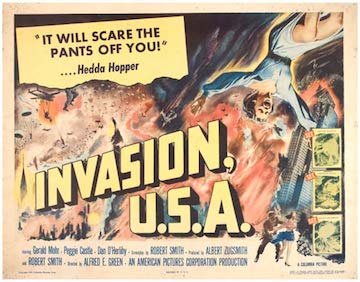
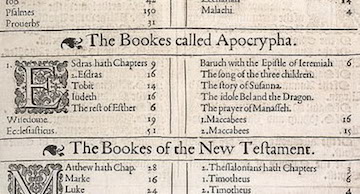
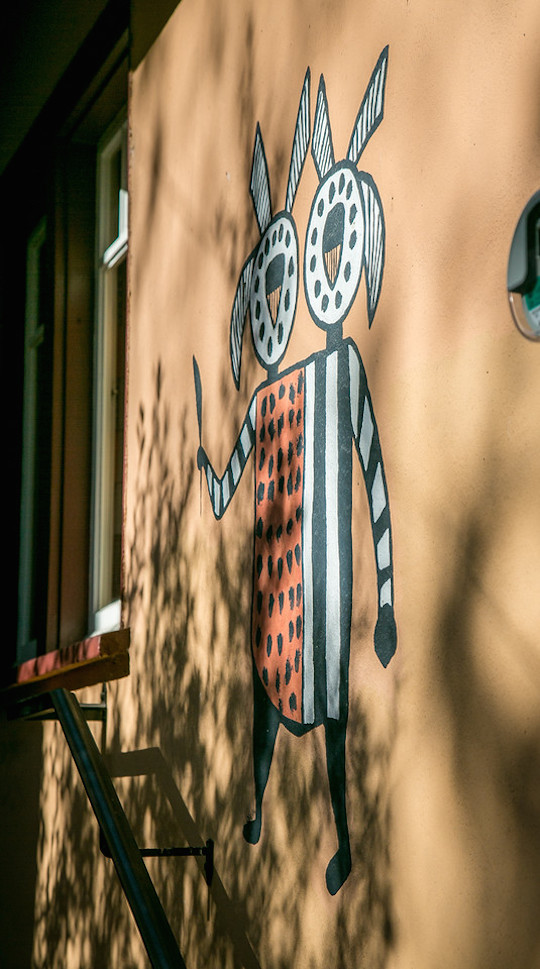
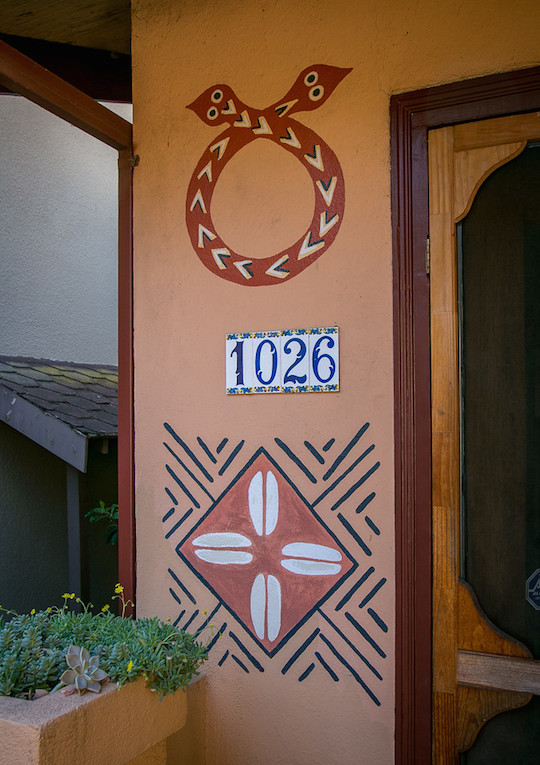
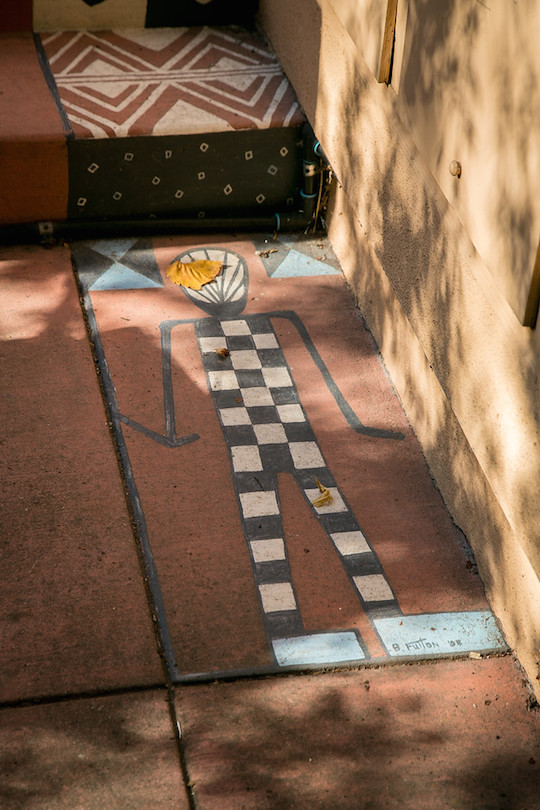
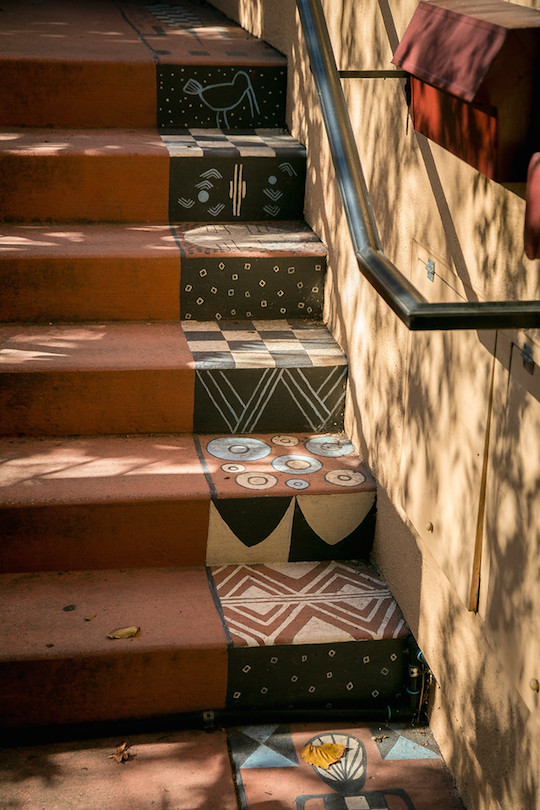
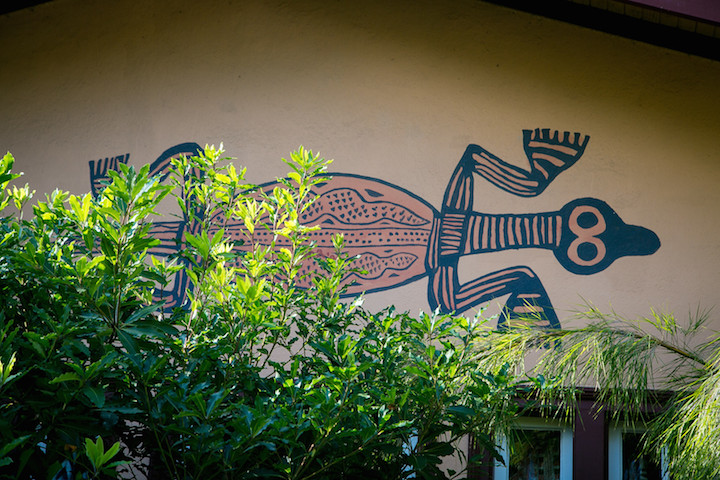
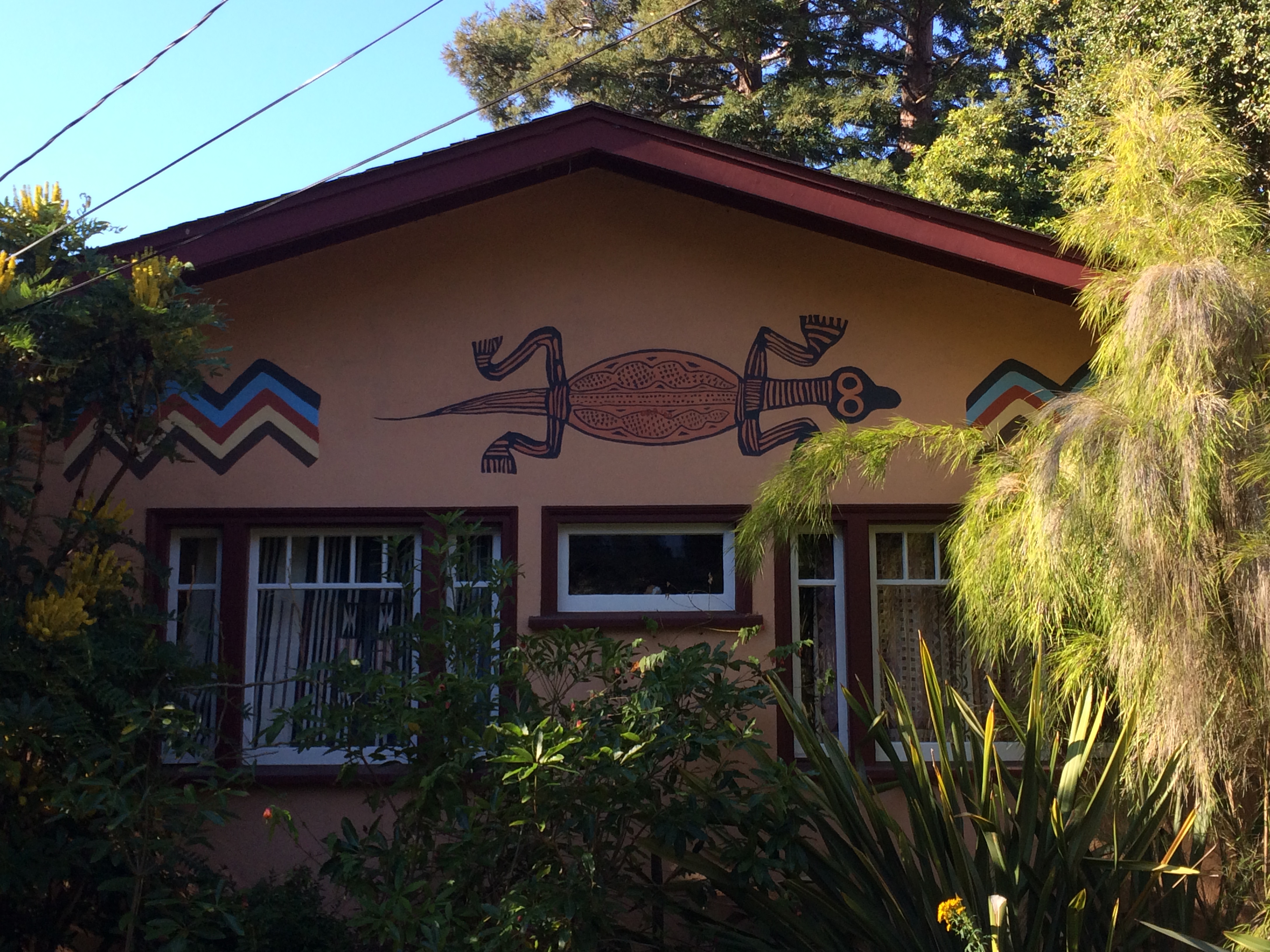
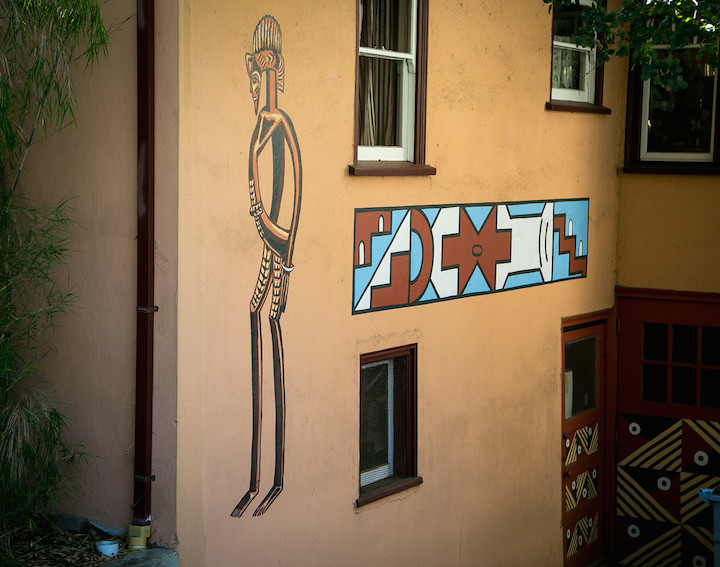
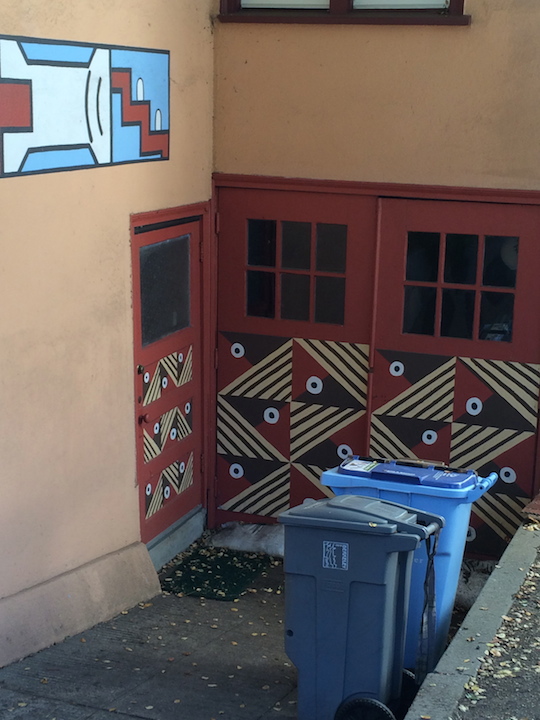
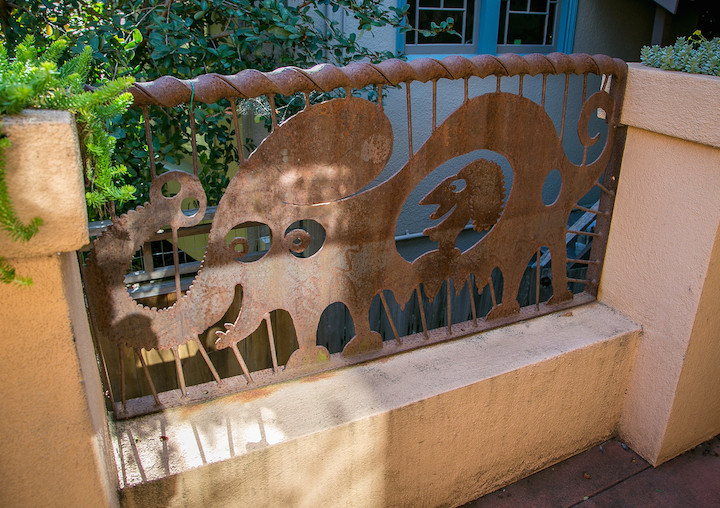
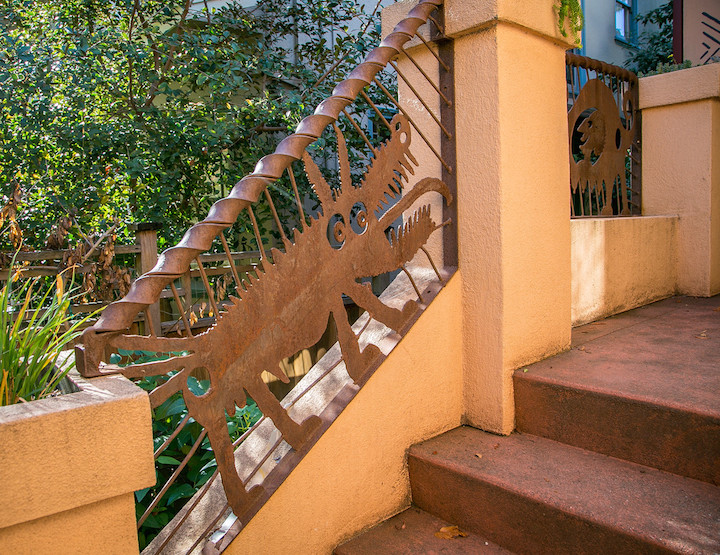
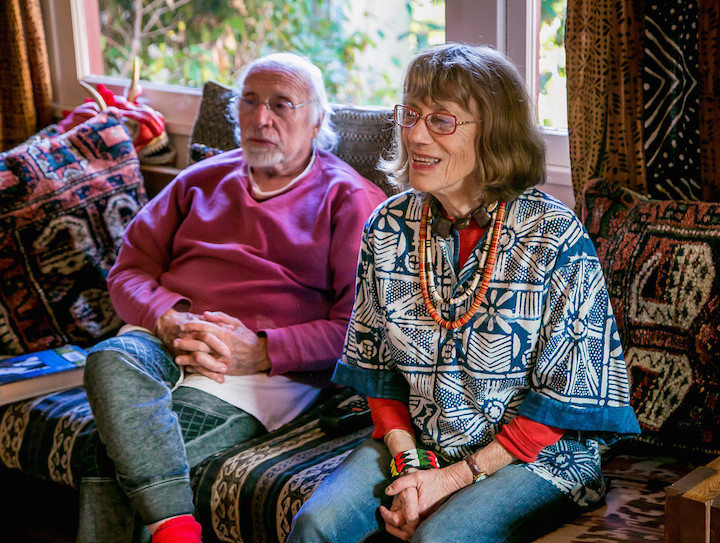
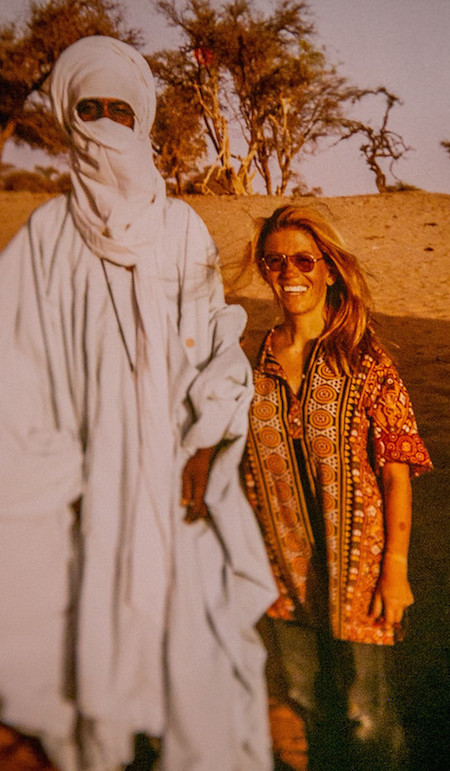
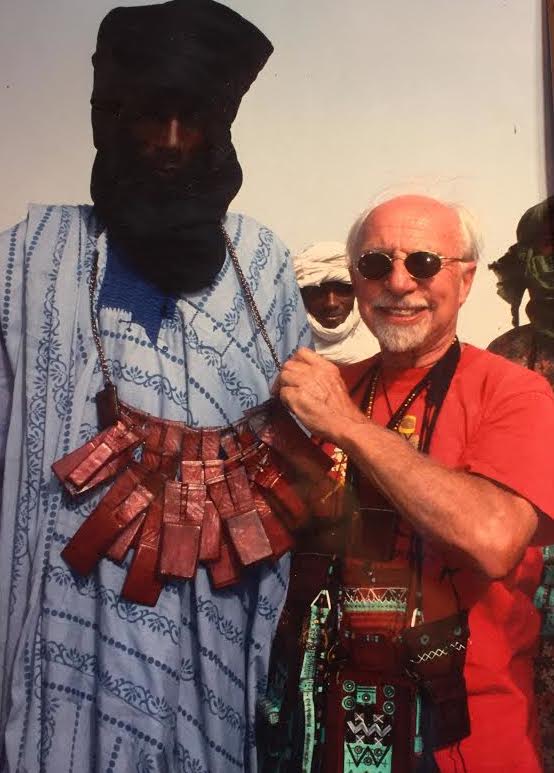
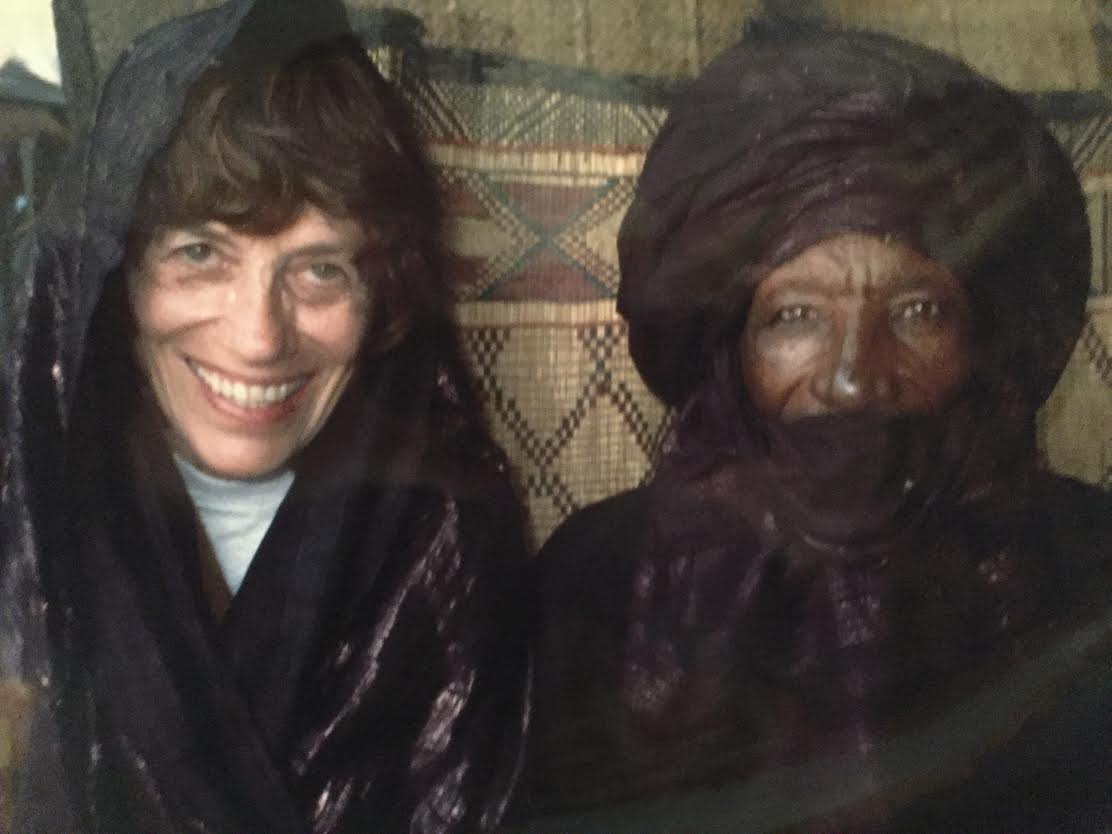
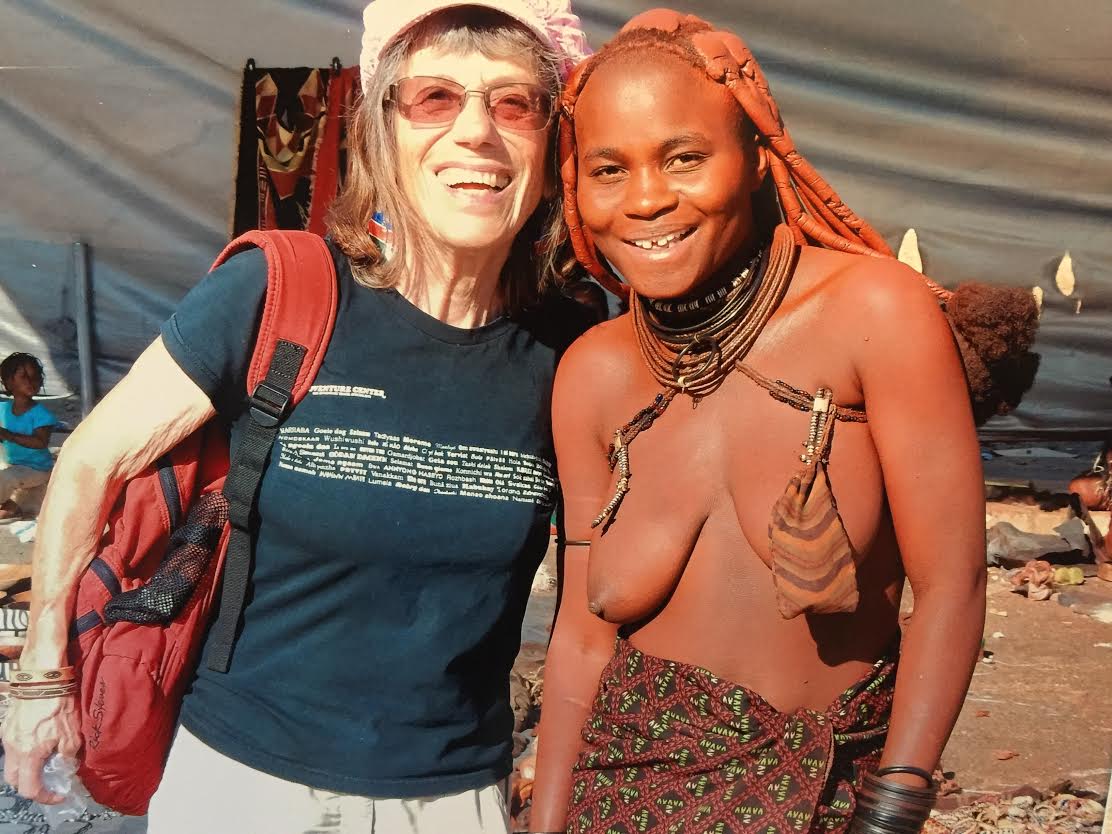
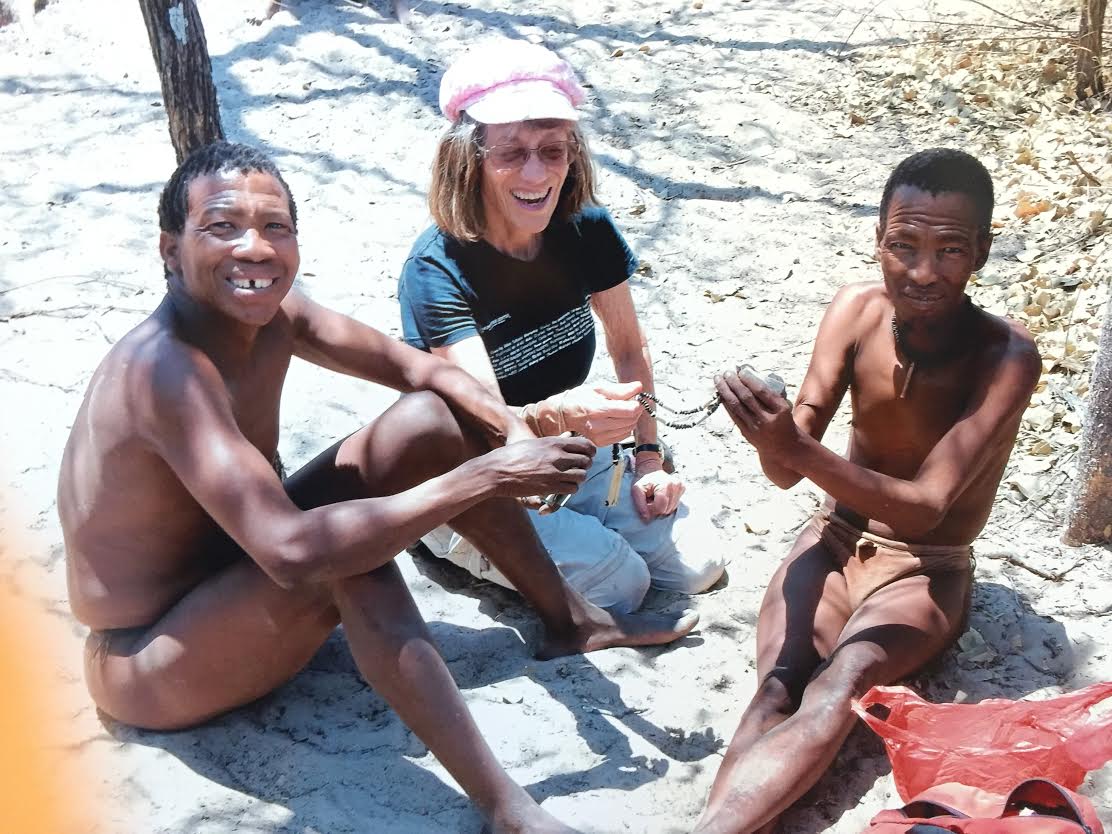

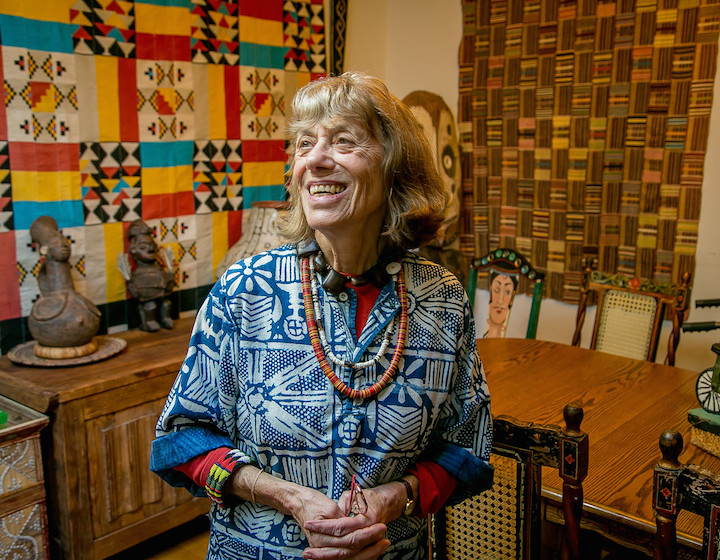
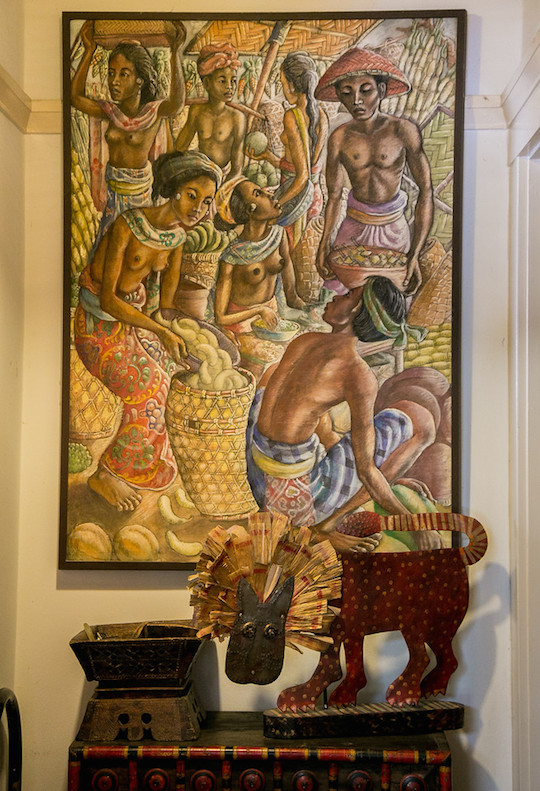
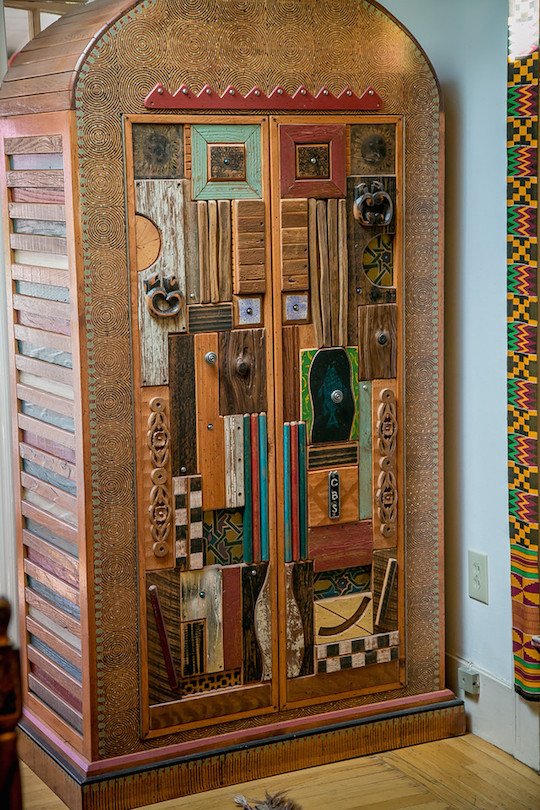
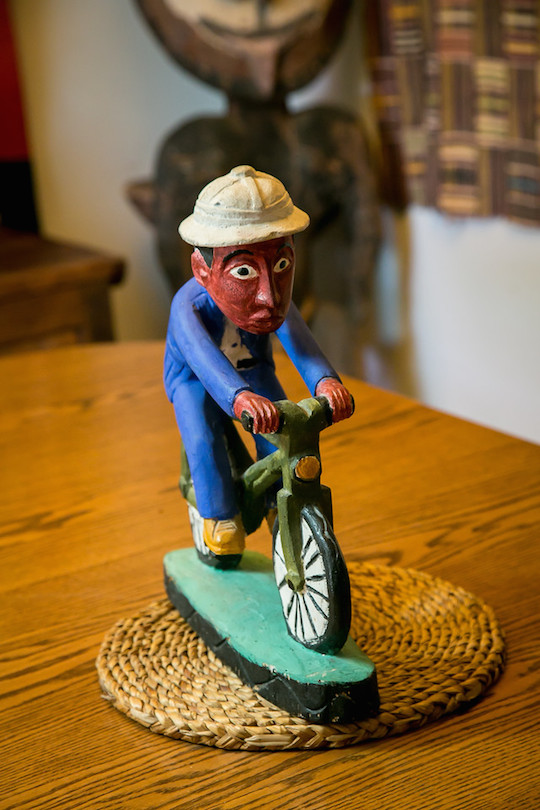
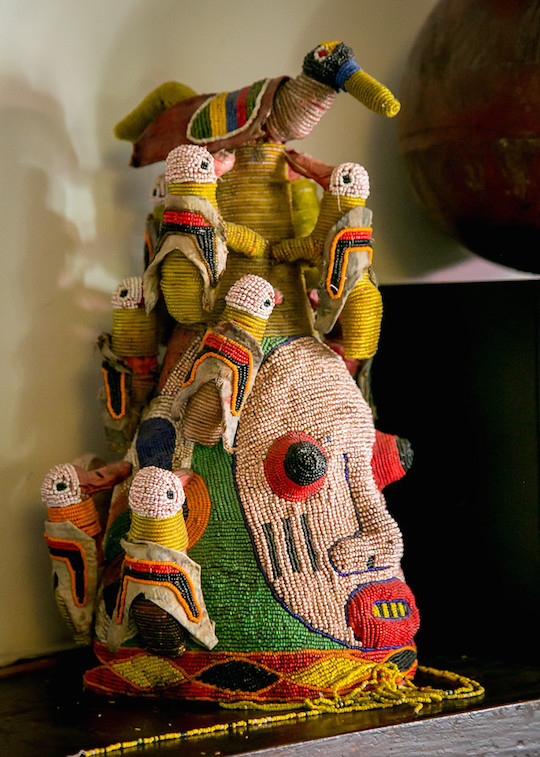
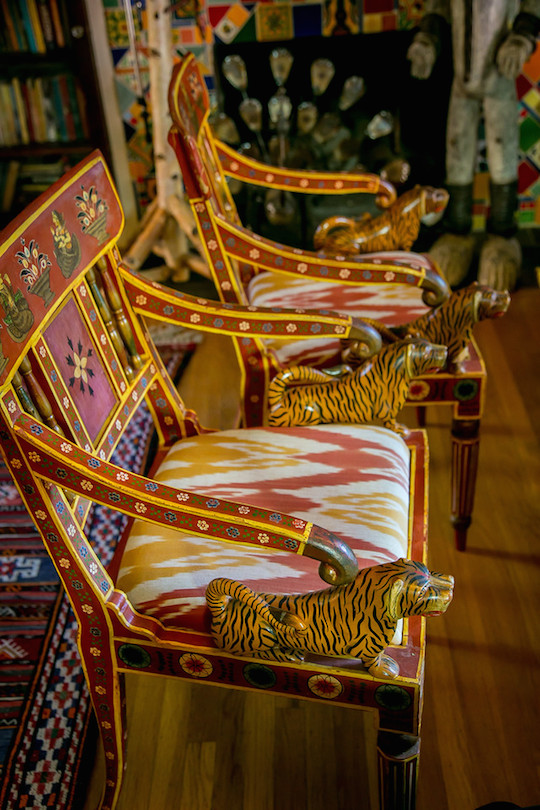
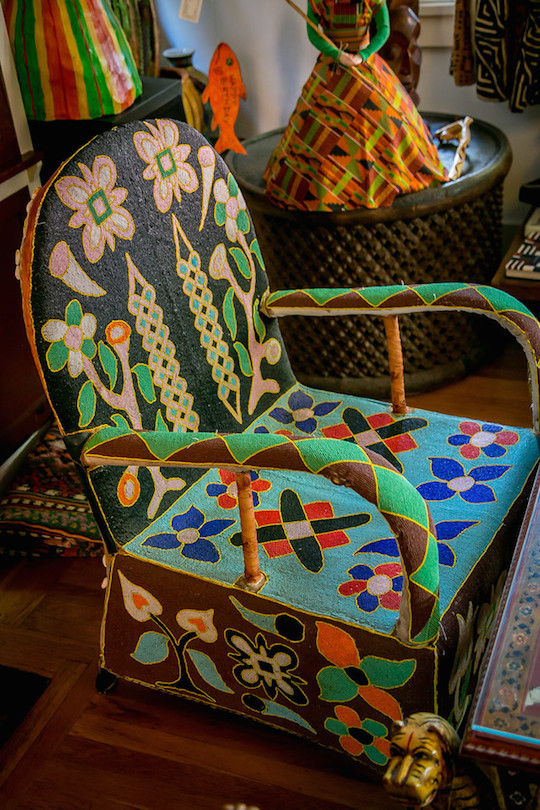
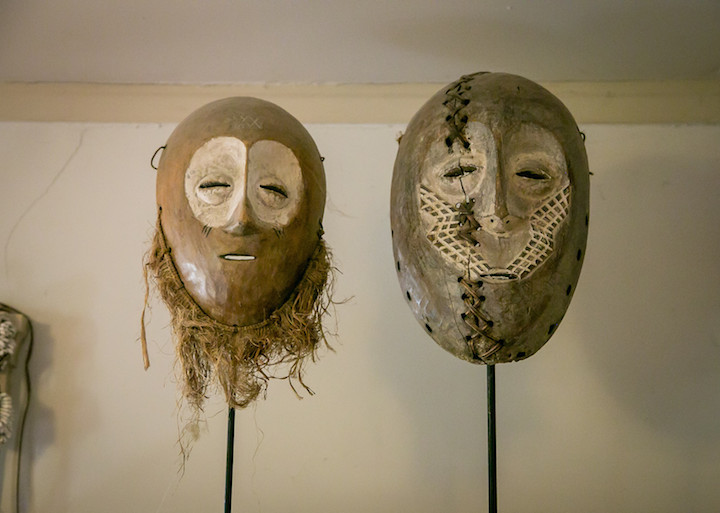
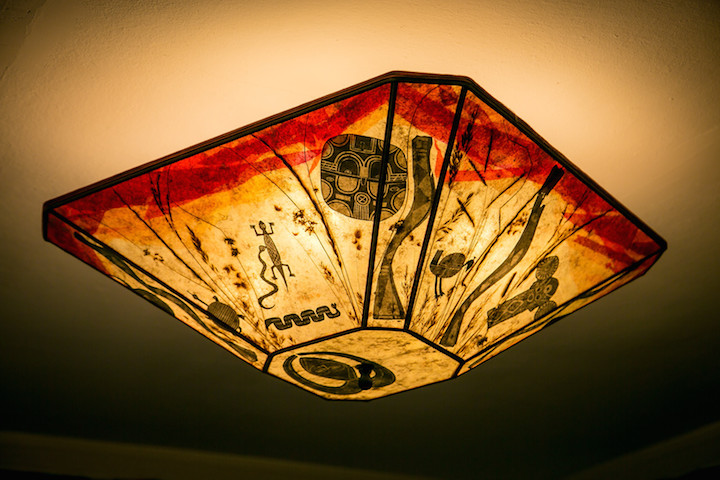
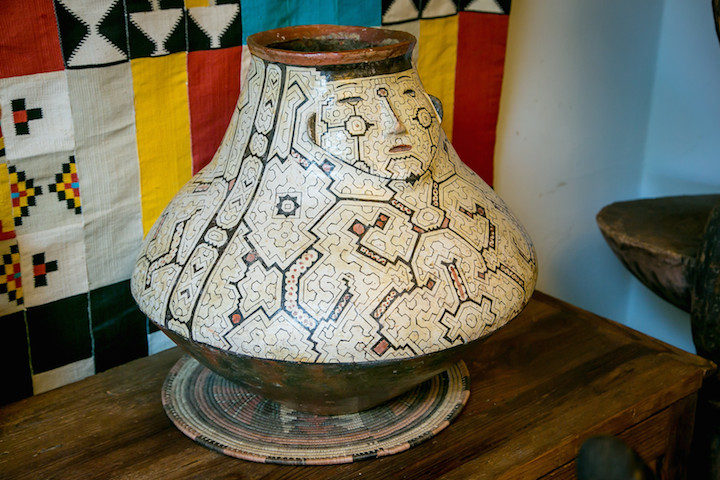

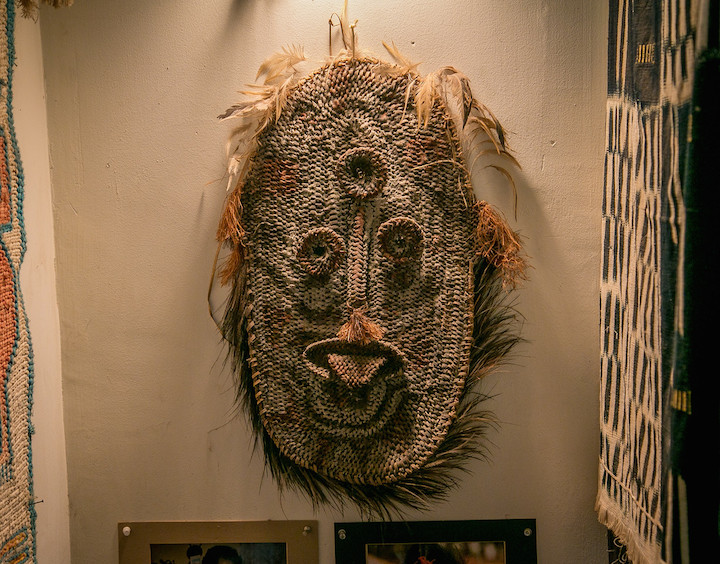
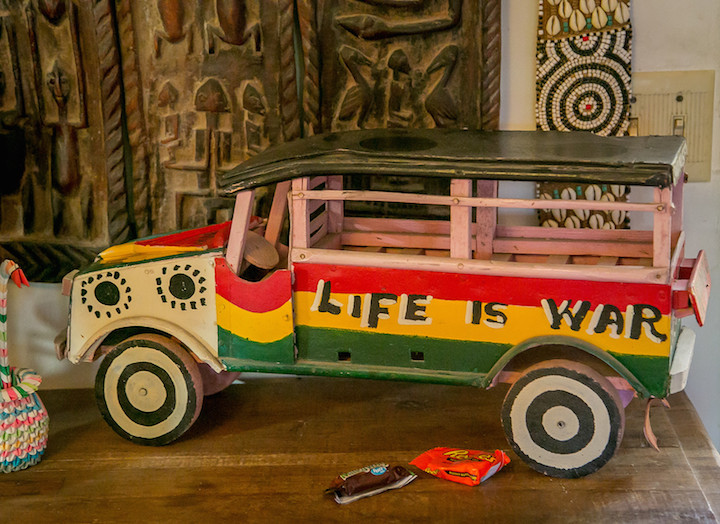
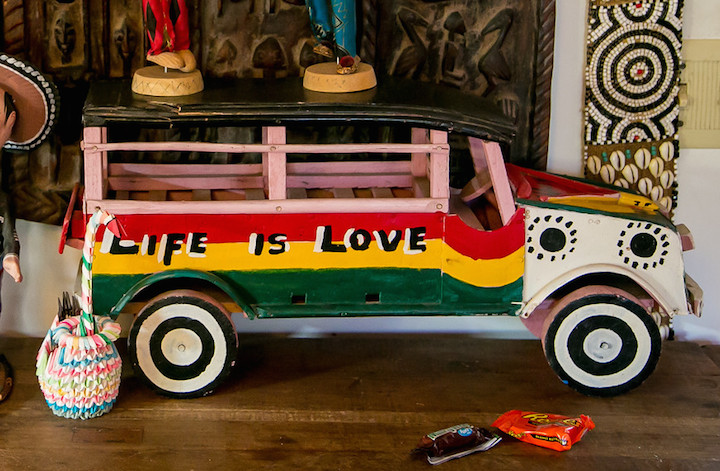
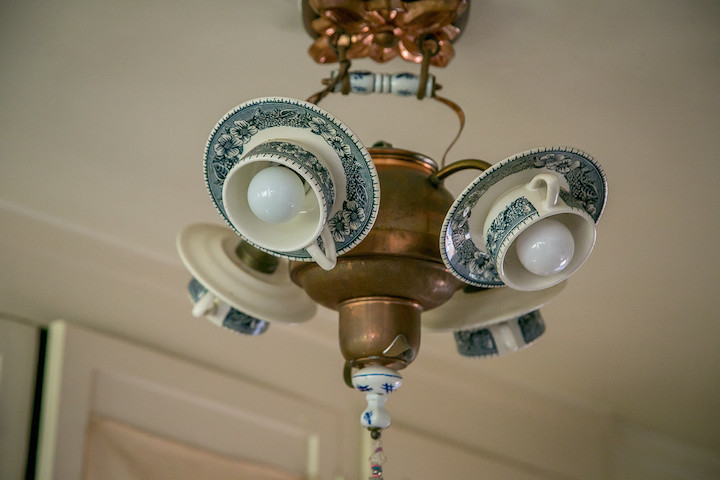
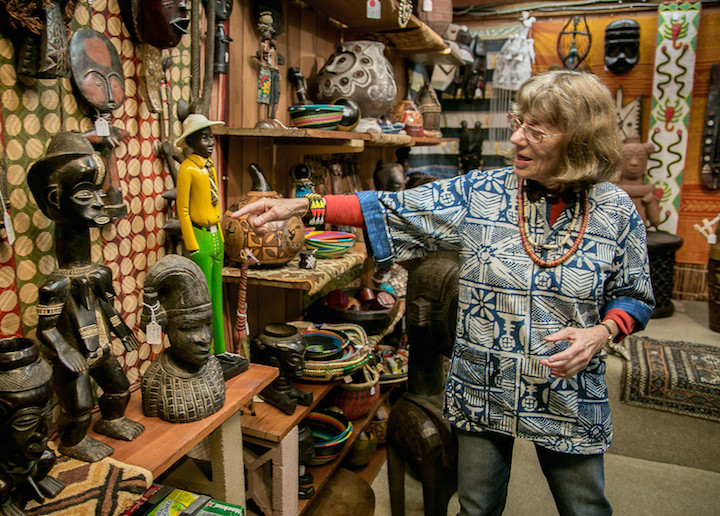
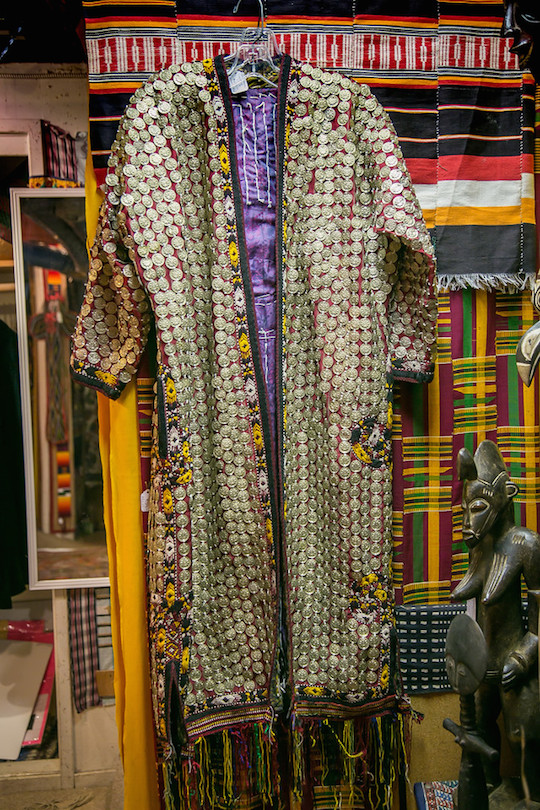
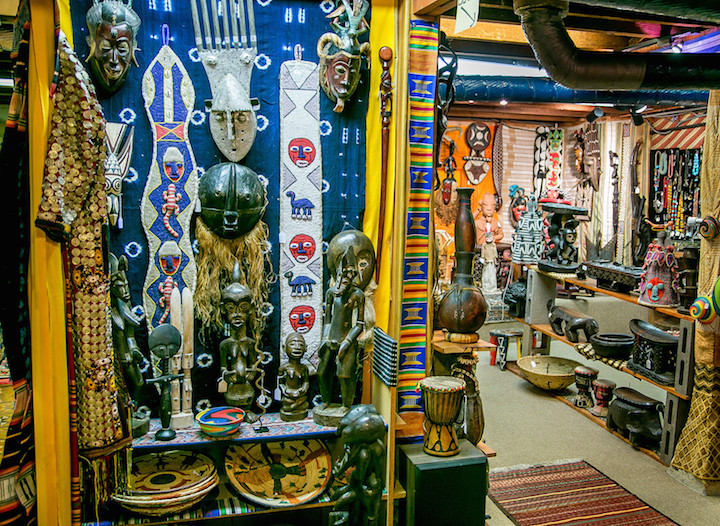
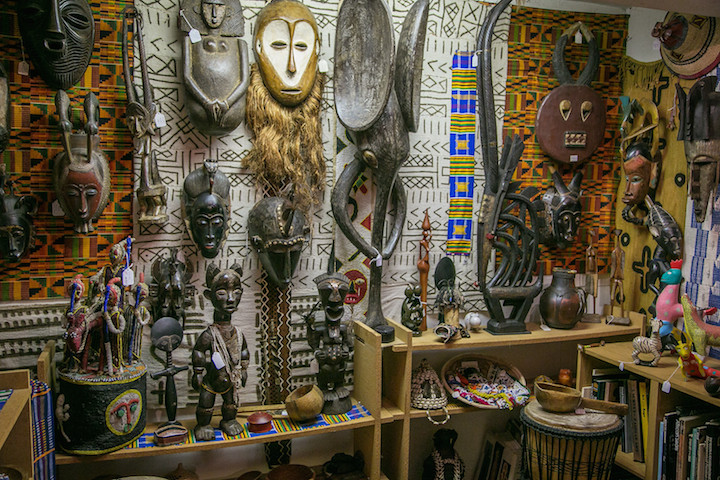
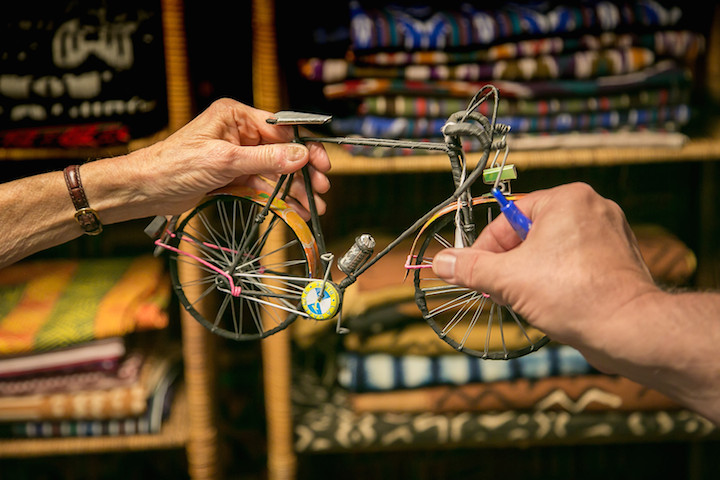
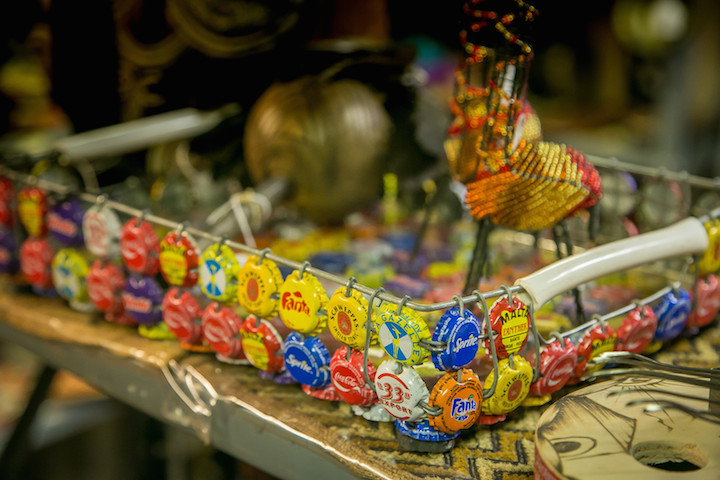
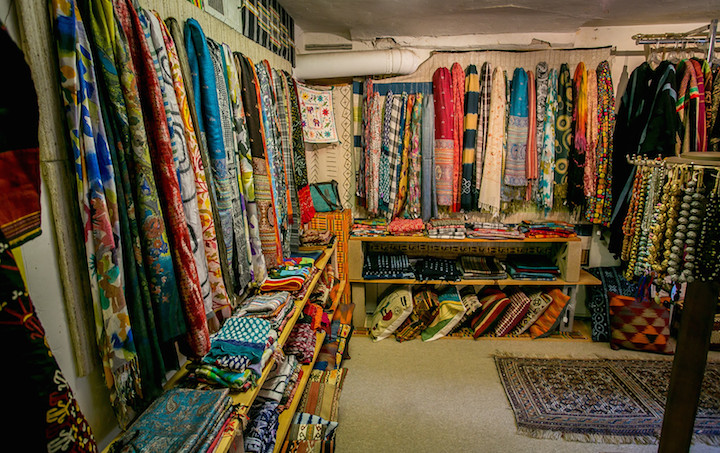
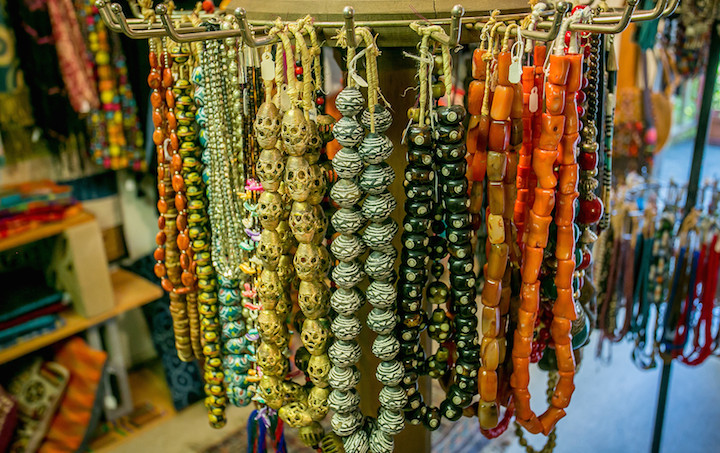
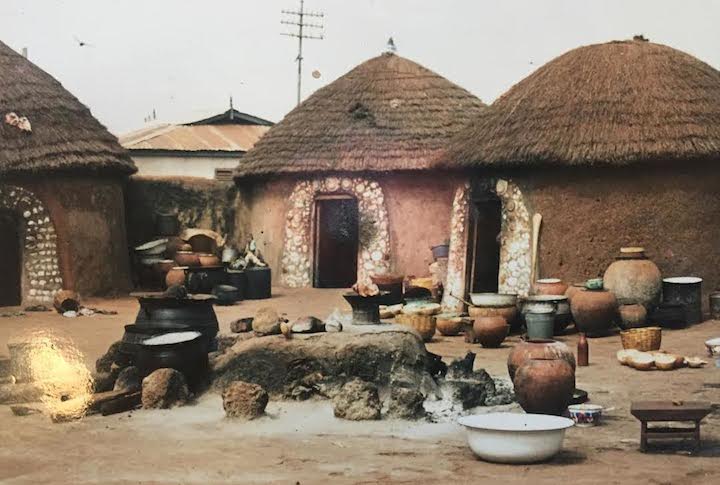

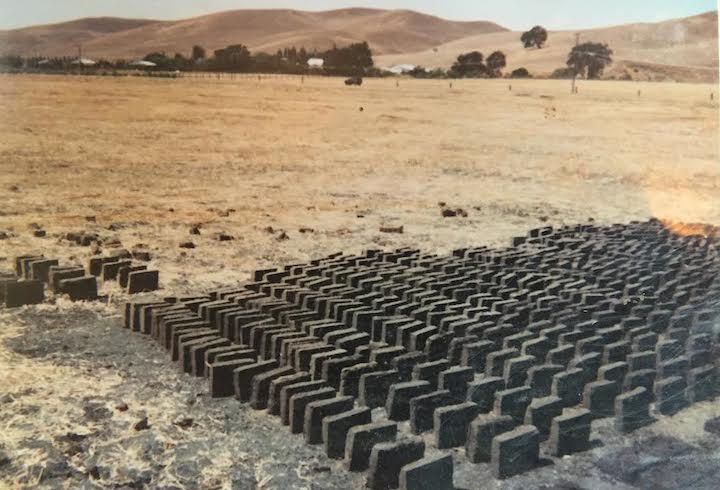

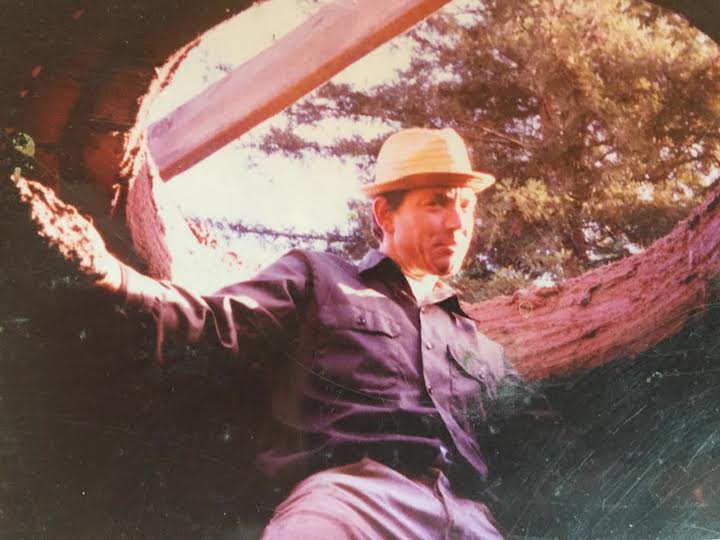
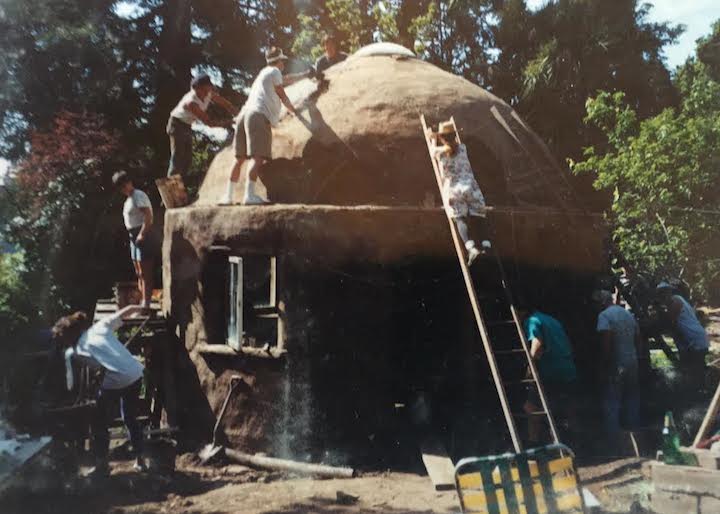
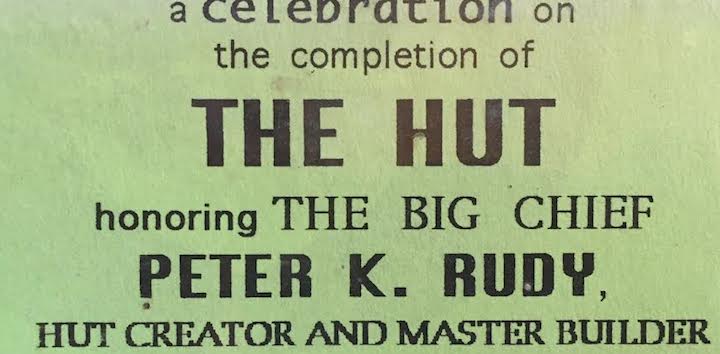

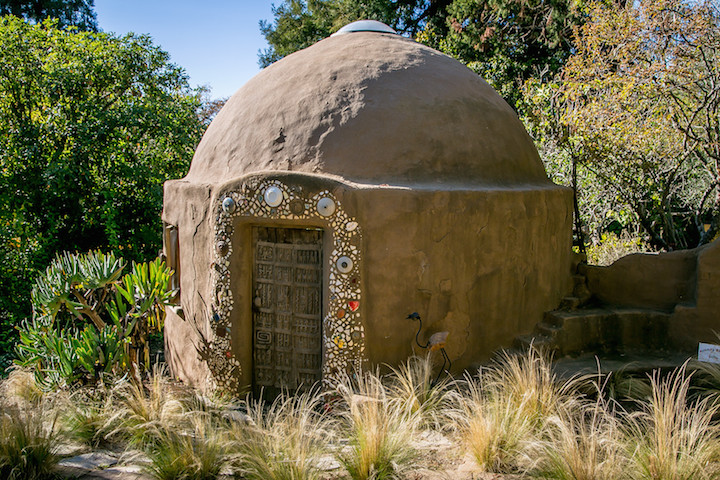
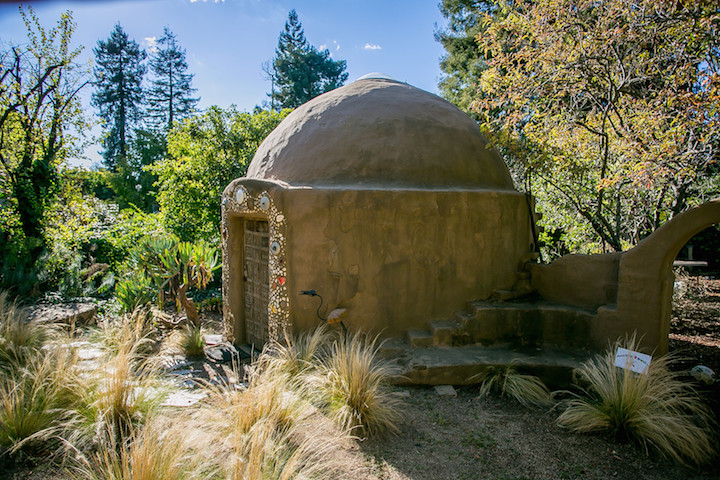
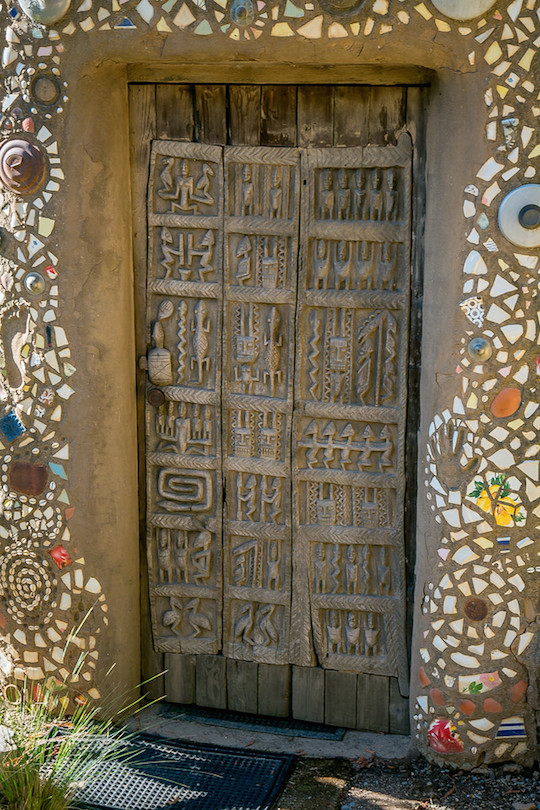
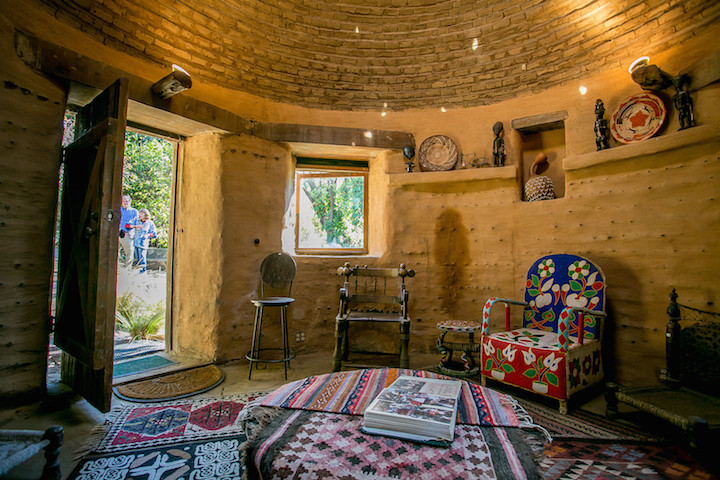
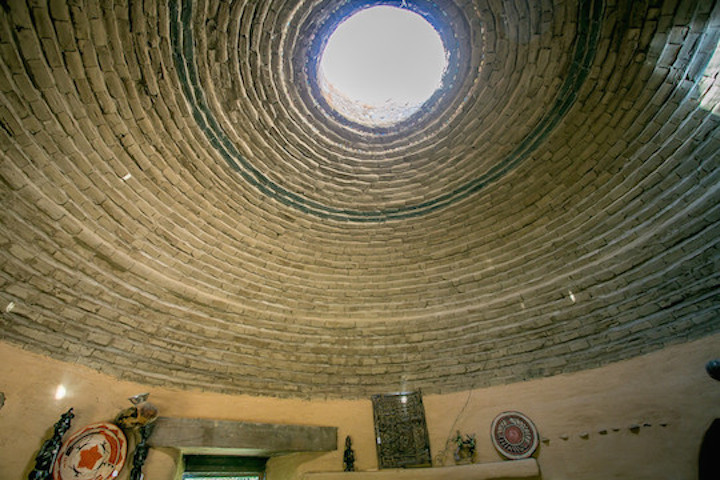
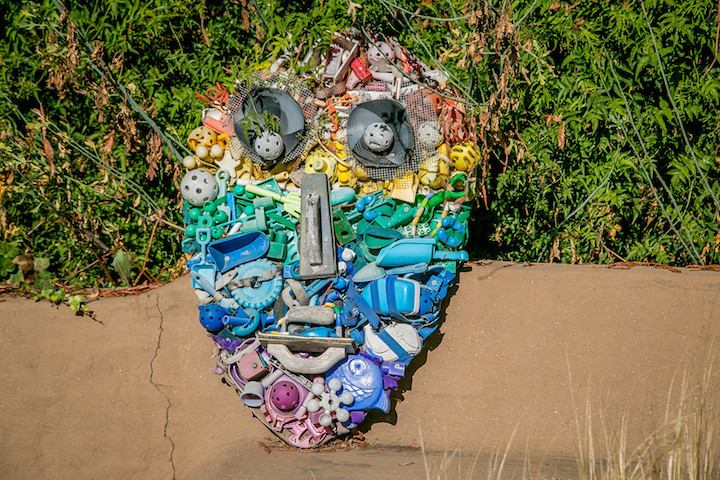
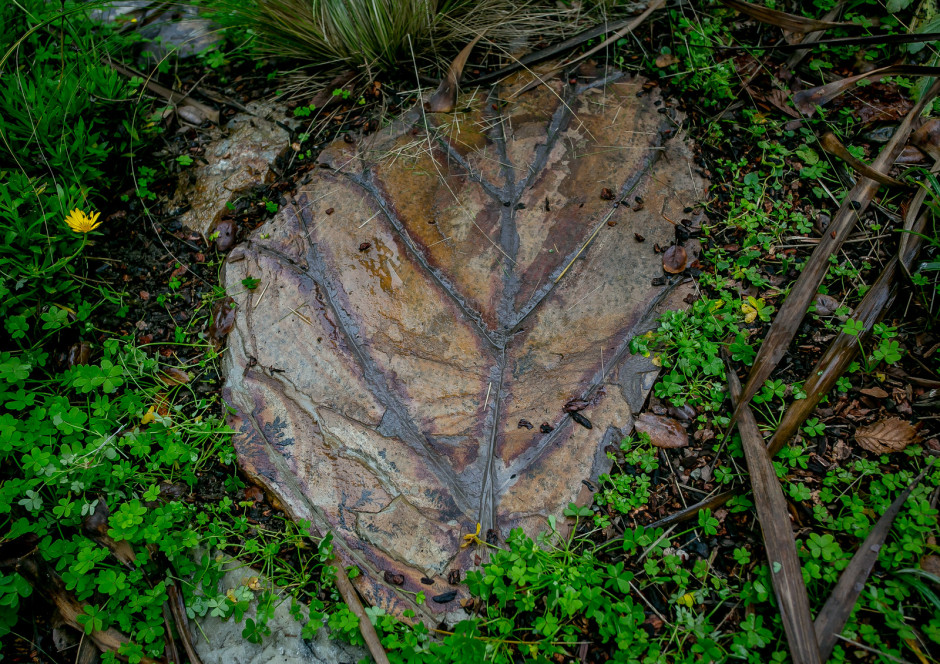
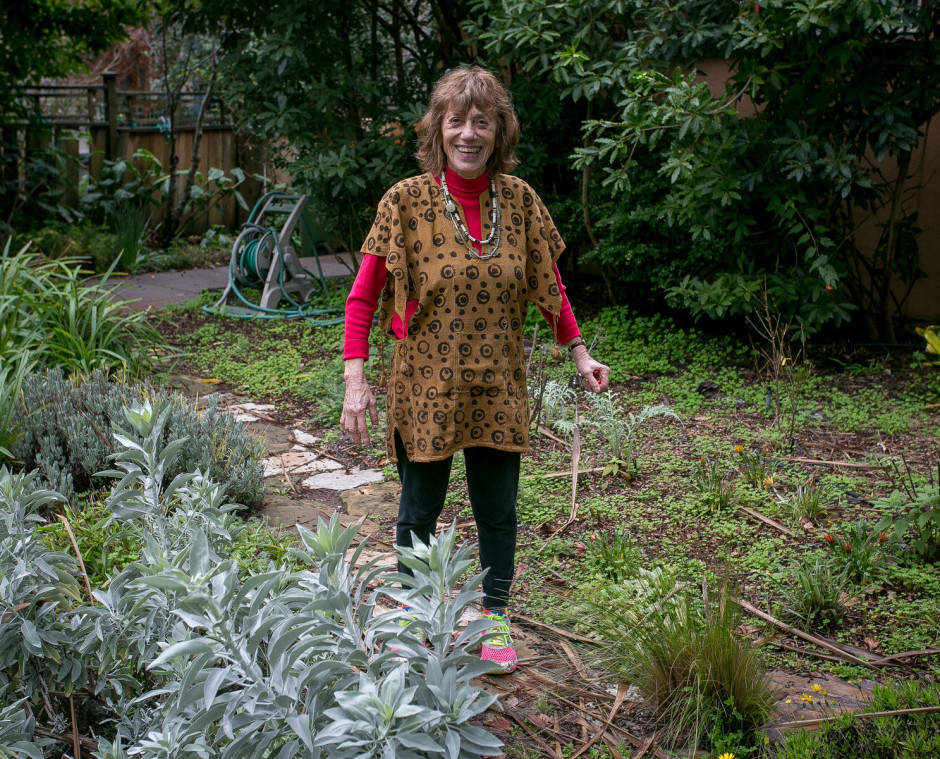
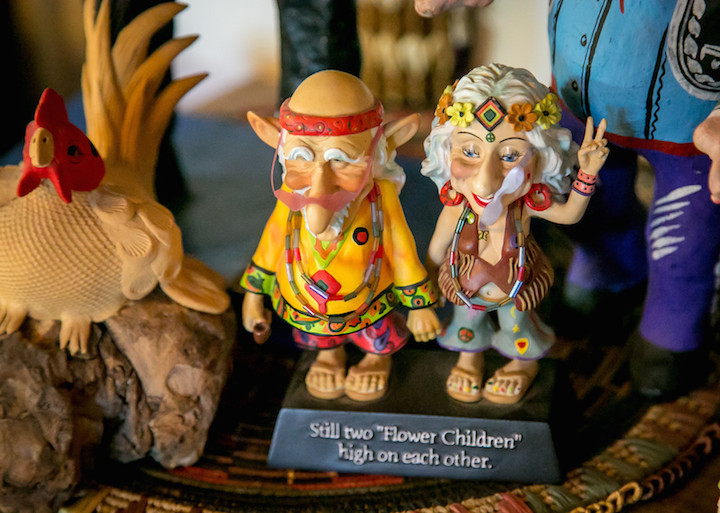
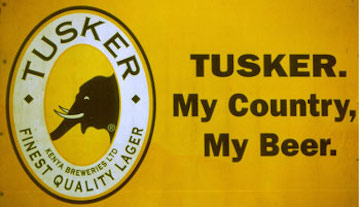
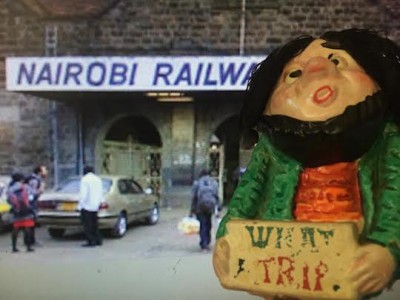
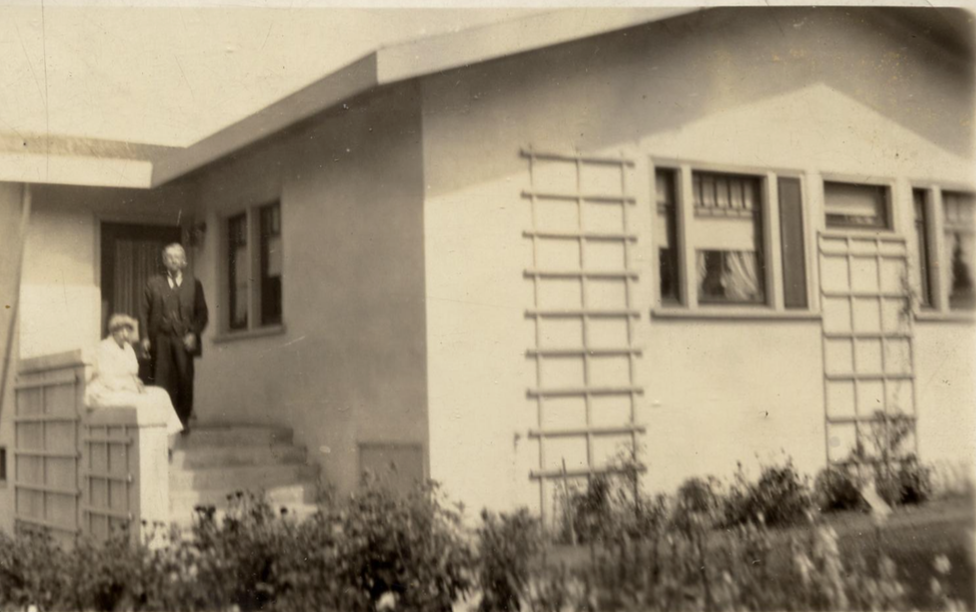
I was wondering if it is easy to see the hut? Or is it off-limits?
Thanks,
Kim
It is in the backyard and not visible from the street. They have open house art sales several times a year and during a sale you can walk out the basement door to see the hut.
You just missed the winter sale but there will be a spring one and they now send out email announcements (and snail mail too. Write them at beanywez@yahoo.com
The “consent” buttin took me to the Beatles singing Revolution. Was that intentional? I like it.
Yes it was intentional. I amuse myself. I am glad you found it.
Can you share current contact information for Dick & Beany? I am an old customer looking for local place to purchase african fabric. Please feel free to forward my contact info if possible
Laurie Ferreira 510-701-7468
Best email is beanywez@yahoo.com. Tom
My Mom took me there as a kid in the 80s/ 90s. I still have items from there in my place. It’s a very inspirational and interesting house. So cool to have this in the Bay Area. Hoping to visit again if they are still going!
I love your stuff so amazing!!! And I love your hunt in the back of the house so cool!
Quintessentially Berkeley! Artists, free thinkers, travelers! I so admire that Peace Corps generation. Wonderful collection.
This is amazing. I am just now learning a little about the Owen side of our family. My dad’s father was Zoe’s half-brother, quite a few years younger than her.
I bought things from you years ago and would like to see new things if you are having a sale.
Nancy